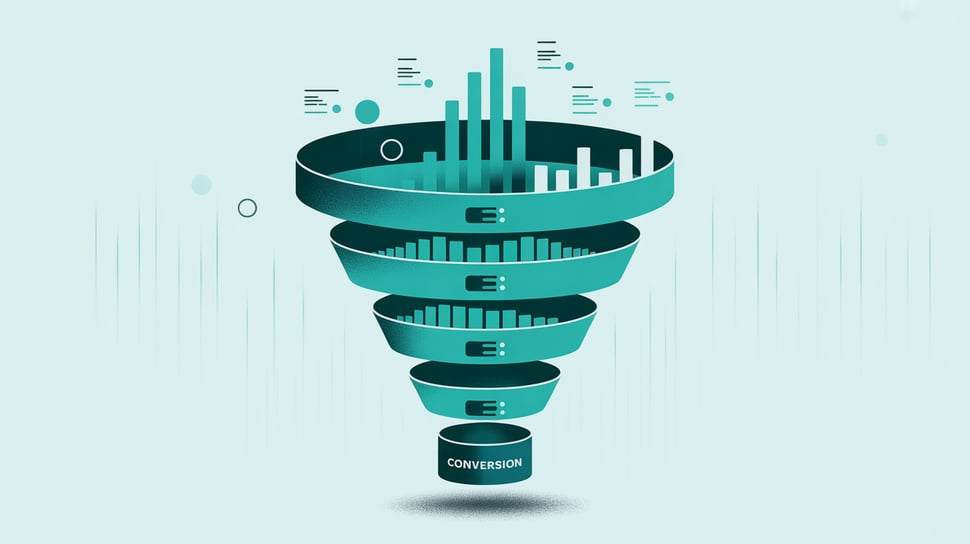
Blog Details
Implementing Effective Lead Scoring Models
- August 31 2025
- Nikias Kray

Lead scoring is the backbone of efficient sales and marketing alignment. When done right, it helps teams prioritize the most promising leads, shorten the sales cycle, and improve conversion rates. However, creating an effective lead scoring model requires a thoughtful combination of data, strategy, and testing.
At CRM Magnetics, we specialize in helping B2B businesses build lead scoring systems tailored to their customer journey and sales process.
Why Lead Scoring Matters
Without lead scoring, teams waste time chasing cold leads. With a scoring model in place, you can:
-
Identify sales-ready prospects
-
Focus outreach on high-value leads
-
Align marketing handoffs with sales timing
Key Components of an Effective Model
-
Demographic Fit – Based on job title, industry, company size, etc.
-
Behavioral Engagement – Tracking actions like email opens, demo requests, and website visits
-
Negative Scoring – Deducting points for behaviors such as unsubscribes or irrelevant locations
-
Lifecycle Stage Weighting – Adding weight for leads closer to decision-making
Real-World Example
A SaaS client of ours struggled with overloaded SDR teams. After implementing a custom scoring model based on engagement and firmographics, they reduced their average lead response time by 40% and saw a 19% uptick in qualified pipeline.
Final Thoughts
An effective lead scoring model evolves over time. Regular analysis and updates are crucial for accuracy.
Partner with CRM Magnetics to design and implement lead scoring models that actually drive results.
Leave your thought here
Your email address will not be published. Required fields are marked *